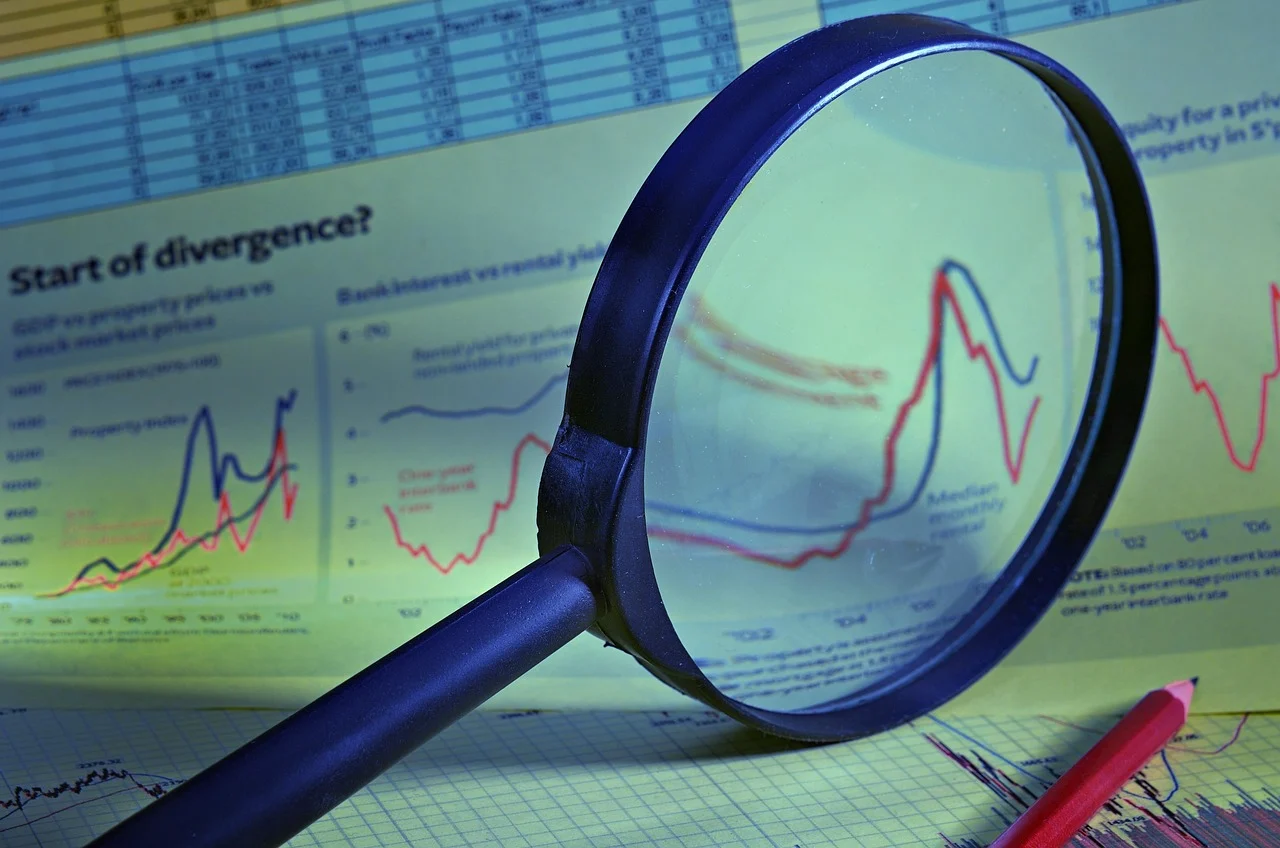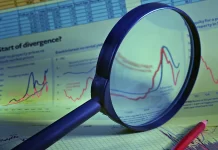Most trading beginners try to maximize profit from a single trade. But experienced traders know that long-term success doesn’t come from one lucky trade — it comes from a system with positive expected value (EV), a good win/loss ratio, and disciplined risk management. Let’s look at a practical example to show how even a relatively simple system can yield solid profits.
System Parameters
Let’s imagine a trader with a capital of 100,000$ who uses the following strategy:
- Win rate: 60% (i.e. 60 out of 100 trades end in profit)
- Risk-reward ratio (RRR): 1:1
- Risk per trade: 1% of the account = 1,000$
- Profit per winning trade: 1% of the account = 1,000$
- Number of trades: 100
This trader risks and gains the same amount per trade, with a success rate of 60%. So what’s the outcome after 100 trades
Expected Value (EV) Calculation
The expected value tells you how much, on average, a trader earns (or loses) per trade.
Formula:
EV = (win probability × profit) – (loss probability × loss)
In our case:
- Win probability: 60% = 0.6
- Loss probability: 40% = 0.4
- Profit per win: 1,000$
- Loss per loss: 1,000$
EV = (0.6 × 1,000) – (0.4 × 1,000) = 600 – 400 = 200$
That means each trade has an expected profit of 200$. If you trade consistently using this strategy, you can expect an average profit of 200$ per trade in the long run.
Results After 100 Trades
With 100 trades and an EV of 200$ per trade:
100 trades × 200$ = 20,000$ profit
Capital growth:
- Starting capital: 100,000$
- Final balance: 120,000$
- Profit: 20% after 100 trades
Why This Result Makes Sense
Because:
- 60 winning trades × 1,000$ = 60,000$ profit
- 40 losing trades × 1,000$ = -40,000$ loss
- Total result: 60,000 – 40,000 = 20,000$
The Power of a Simple System with Solid Returns
Many people think they need an extremely high win rate or a 3:1 RRR to be profitable. But this example shows that with:
- Just a 1:1 RRR
- A 60% win rate
- And disciplined money management
you can generate solid profits without excessive risk.
The Importance of Risk Management
Since the trader risks only 1% of capital per trade, the system is highly resilient to losing streaks. Imagine losing 10 trades in a row — the loss would be 10,000$. That’s uncomfortable but only 10% of the account, and still manageable. The trader would have enough room to recover.
On the other hand, a trader risking 5–10% per trade would lose most of their account after 10 consecutive losses. This conservative strategy ensures long-term survival in the market.
The Psychological Side: Surviving Variance
Trading is about probabilities, not certainties. Even with a 60% win rate, you can experience several losses in a row. The important thing is knowing that results tend to return to the expected value (EV) over time. It’s not a question of “if,” but “when.”
If the trader can emotionally handle the inevitable losses and keep following the plan, they have a high chance of long-term success.
What Can You Improve?
This system is already profitable. But what if you added some of the following improvements?
- Increase RRR to 1.5:1 → higher EV
- Improve win rate to 65% with a 1:1 RRR → higher profit
- Reduce fees and spreads → cleaner net profit
- Backtesting and finding stronger entry signals
These steps can raise your EV and total profit without increasing risk.
Summary
This example shows that you don’t need to “hit the jackpot.” Even a simple system with a 60% win rate, 1:1 RRR, and disciplined risk management can deliver strong results. Over 100 trades, you could grow your account by 20% while risking no more than 1% per trade.
That’s the power of statistics, expected value, and discipline. In trading, the winner isn’t the one who makes the best trade — but the one with a plan who sticks to it.
Trading Mathematics Miniseries
Winrate: A Key to Understanding the Success of a Trading Strategy
Risk/Reward Ratio: How to Properly Balance Risk and Reward
Expected Value in Trading: What It Is and Why You Need to Know It
How to Improve Winrate: 10 Specific Ways to Increase Your Trade Success Rate
What Do Successful Traders Do Differently? They Have Risk Management

